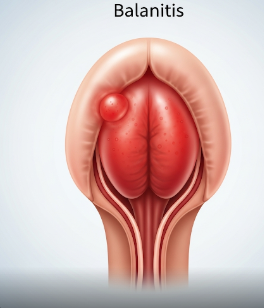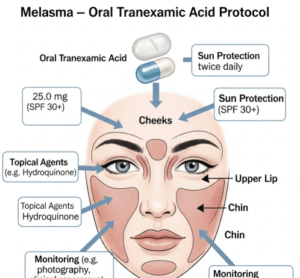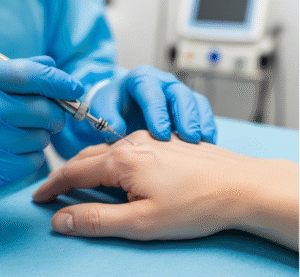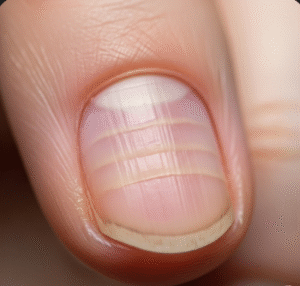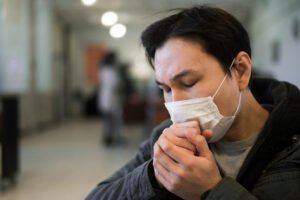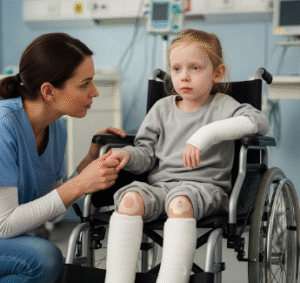Overview
Balanitis is the inflammation of the glans penis, often accompanied by redness, swelling, and discomfort. When the inflammation extends to include the foreskin, it is referred to as balanoposthitis. Balanitis can occur in males of all ages but is more common in uncircumcised men due to the accumulation of smegma, which can harbor bacteria and fungi. In Korea, urology clinics and hospitals offer advanced diagnostic services and targeted treatments to manage balanitis effectively. Korean healthcare emphasizes not only symptom relief but also addressing the underlying causes, ensuring optimal penile health and preventing recurrence.
What is Balanitis?
Balanitis is a condition characterized by inflammation of the glans penis, typically caused by infection, irritation, or underlying systemic conditions. The condition may be acute or chronic depending on duration and recurrence. While mild cases often resolve with proper hygiene and topical treatments, untreated or recurrent balanitis can lead to complications such as phimosis (tight foreskin), scarring, or secondary infections. In Korea, urologists use precise diagnostic tests to differentiate between bacterial, fungal, and non-infectious causes, ensuring accurate treatment plans for patients.
Symptoms
Balanitis presents with a range of symptoms that vary depending on the severity and underlying cause:
- Redness and inflammation of the glans
- Swelling or tenderness of the penis
- Itching or burning sensation, especially during urination
- Painful urination (dysuria)
- Foul-smelling discharge or pus in bacterial cases
- White patches or crusting in fungal infections
- Difficulty retracting the foreskin in severe cases
- Recurring episodes in chronic balanitis
Causes
Balanitis can be triggered by infections, irritants, or systemic conditions:
- Bacterial infections – caused by Staphylococcus aureus, Streptococcus, or other opportunistic bacteria
- Fungal infections – most commonly Candida albicans
- Poor hygiene – accumulation of smegma beneath the foreskin
- Irritants – such as soaps, detergents, or condoms with latex
- Skin conditions – eczema, psoriasis, or lichen planus
- Medical conditions – diabetes or immunosuppression, which increase susceptibility to infections
Risk Factors
Certain factors increase the likelihood of developing balanitis:
- Being uncircumcised, as the foreskin can trap bacteria and debris
- Poor personal hygiene
- Uncontrolled diabetes, leading to higher sugar levels in urine that promote bacterial growth
- Frequent use of irritating chemicals or hygiene products
- Immunodeficiency, whether congenital or acquired
- Recurrent urinary tract infections or sexually transmitted infections
Complications
If left untreated, balanitis can result in complications that affect penile health and overall well-being:
- Phimosis – inability to retract the foreskin due to scarring
- Paraphimosis – foreskin stuck behind the glans, causing swelling and pain
- Chronic inflammation – leading to repeated episodes and discomfort
- Secondary infections – bacterial or fungal, worsening symptoms
- Painful sexual intercourse – due to inflammation or scarring
- Increased risk of penile cancer – in rare, chronic cases
Prevention
Preventing balanitis involves maintaining proper penile hygiene and managing underlying health conditions:
- Wash the penis regularly with mild, non-irritating soap
- Retract the foreskin gently during cleaning to remove smegma
- Dry the area thoroughly after washing to prevent fungal growth
- Manage blood sugar levels in diabetic patients
- Avoid irritants like perfumed soaps, lotions, or harsh detergents
- Use condoms appropriately to prevent sexually transmitted infections
- Seek prompt medical attention for early signs of redness, swelling, or discharge
Treatment Options in Korea
1. Diagnosis
Korean urologists use precise diagnostic methods to identify the cause of balanitis:
- Physical examination – to assess inflammation, discharge, and foreskin condition
- Microbiological tests – bacterial culture, fungal culture, or PCR testing for accurate pathogen identification
- Blood tests – to detect underlying conditions like diabetes or immune deficiencies
- Urinalysis – to rule out concurrent urinary tract infections
- Skin biopsy – in chronic or recurrent cases to exclude dermatological conditions or malignancy
2. Medical Treatments
Treatment depends on the underlying cause:
- Antifungal creams – for Candida infections
- Topical or oral antibiotics – for bacterial balanitis
- Corticosteroid creams – to reduce inflammation in non-infectious cases
- Pain relievers – to manage discomfort and burning sensations
- Hygiene counseling – educating patients on proper care to prevent recurrence
3. Surgical and Advanced Treatments
In persistent or severe cases, surgical interventions may be recommended:
- Circumcision – removal of the foreskin to prevent recurrent balanitis
- Preputioplasty – a foreskin-preserving procedure for phimosis or chronic inflammation
- Laser therapy – in selected dermatological causes, such as lichen sclerosus
4. Rehabilitation and Follow-Up
After treatment, Korean clinics provide follow-up care to ensure recovery and prevent recurrence:
- Monitoring for residual infection or inflammation
- Lifestyle and hygiene guidance for long-term penile health
- Management of underlying conditions such as diabetes or immune disorders
- Counseling on safe sexual practices and risk reduction
5. Medical Tourism for Balanitis Treatment in Korea
Korean urology centers are recognized for their high standards in diagnosis and treatment of balanitis:
- Advanced microbiological testing and imaging
- Skilled urologists with experience in both adult and pediatric cases
- Minimally invasive surgical techniques for severe or recurrent cases
- Comprehensive follow-up care and patient education for international patients

